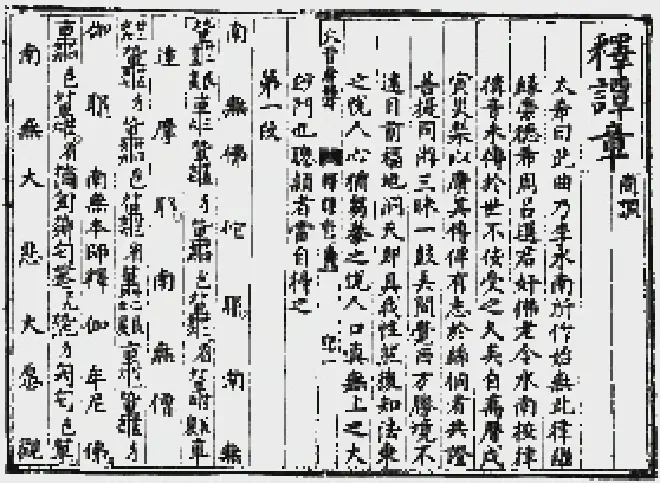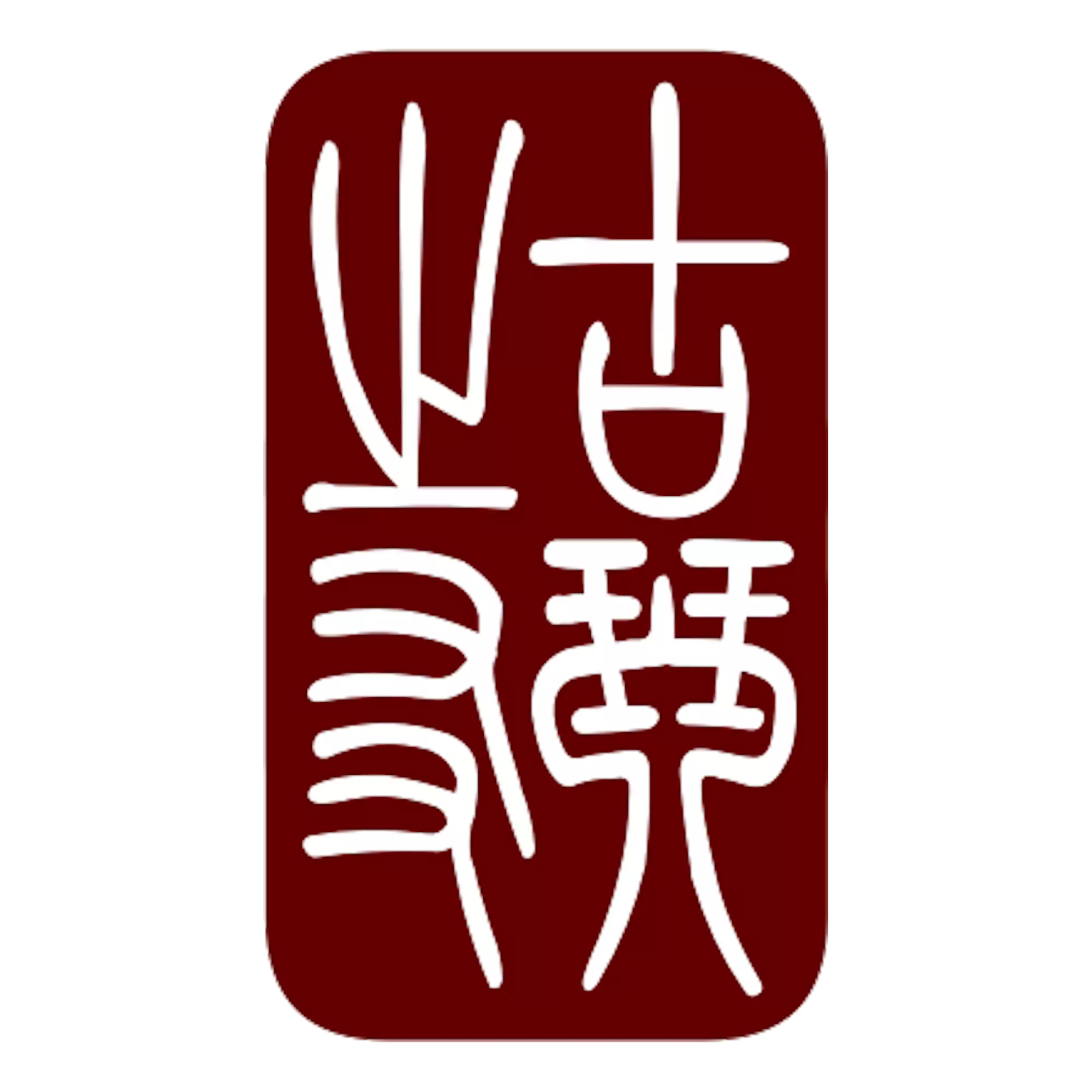Buddhist words#
Puan Zhou 普庵咒 (Puan’s Incantation) is one of the widely known, traditional qin pieces which have been handed down to the present time. However, sometimes it is confused with another qin composition, Shitan Zhang 释谈章 (Buddhist words).
Shitan Zhang first appeared in the late Ming (Wanli 万历 period) qin handbook San Jiao Tong Sheng 三教同声, (Accompanying Sounds of the Three Religions) edited by Zhang Dexin 张德新 in 1592. The composition has words alongside the music notation. The San Jiao Tong Sheng preface suggests Shitan Zhang may have been adapted from a chant (see 琴曲集成 Qinqu Jicheng, Vol.VI, p.107).
The text of the chant, after the opening invocation, consists of seemingingly meaningless Sanskrit syllables. The piece ends with a harmonic passage to the words “Puan comes here, so everything is fine.” Puan (1115-1169), style name Yin Su 印肃, was a Buddhist priest. Some people believe that Shitan Zhang was a song used by this Chan 禅 (Zen) priest to teach his disciples Sanskrit pronunciation.
The qin handbook Boya Xinfa 伯牙新法 (New methods of Boya) (1609), was the first which gave Puan Zhou as an alternate title for Shitan Zhang. According to the annotations to Shitan Zhang in Taiyin Xisheng 太音希声, edited by Chen Dabin 陈大斌 (1620), “This piece was composed by Li Shuinan” (李水南). However, Qing sources attribute it to Han Jiang (see van Gulik, The Lore of the Chinese Lute, 1969, p.53).

(see Qinqu Jicheng, Vol.IX, p.163)
The Wuzhizhai Qinpu 五知齋琴譜 (1722) is the first hanbook that includes the two pieces as different compositions. Puan Zhou only has 13 sections out of 21, omitting front and end of Shitan Zang. The same occurs with Ziyuantang Qinpu 自遠堂琴譜 (1802).
So throughout history, Shitan Zhang has evolved from being a monotonous, repetitive piece of music for learning the pronunciation of Sanskrit words, into an ancient, solemn and respectful qin piece. Also, it was transferred from the qin to other folk instrumental genres.
The text above is based on information found in an article by Chan Chong Hin (陳松陰, mandarin: Chen Songyin), John Thompson’s web pages focused on Shitan Zang and van Gulik’s book The Lore of the Chinese Lute.
It is worth to mention Lieberman’s analysis in his translation of the Meian Qinpu ─ available in Spanish as A Manual of the Chinese Zither. The Meian Qinpu ─ as well as the article by François Picard published in the journal CHIME.
Recordings available on CD#
Shitan Zhang#
- China: Lost Sounds of the Tao - Lo Ka Ping. World Arbiter, 2004
- Chine - Recueil de l’Ermitage du Prunus - Chen Leiji. Ocora C-560175, 2004
Puan Zhou#
- The Qin Repertoire of Wu Jinglue. ROI RB-981014-2C, 1998
- An Anthology of Chinese Trad. and Folk Music: Guqin Collection (#5). Carol CCD94/346, 1994
- Chine: Musique Classique. Ocora C-582039, 2001
- Qin Music on Antique Instruments. Hong Kong University HKU001, 1998
- The Midnight Crow. ROI RC-931007C, 1993
- Guangling Qin Music (#7). Hugo HRP7145-2, 1995
- Yang guan san die - Liang Mingyue - Qin. Wergo SM 1706, 2002
Cants budistes#
- Chine - Fanbai : Buddhist Liturgical Chant - Hymns to the Three Jewels. Ocora C-560109
- Vietnam - Buddhist music from Hue. INEDIT W-260082
